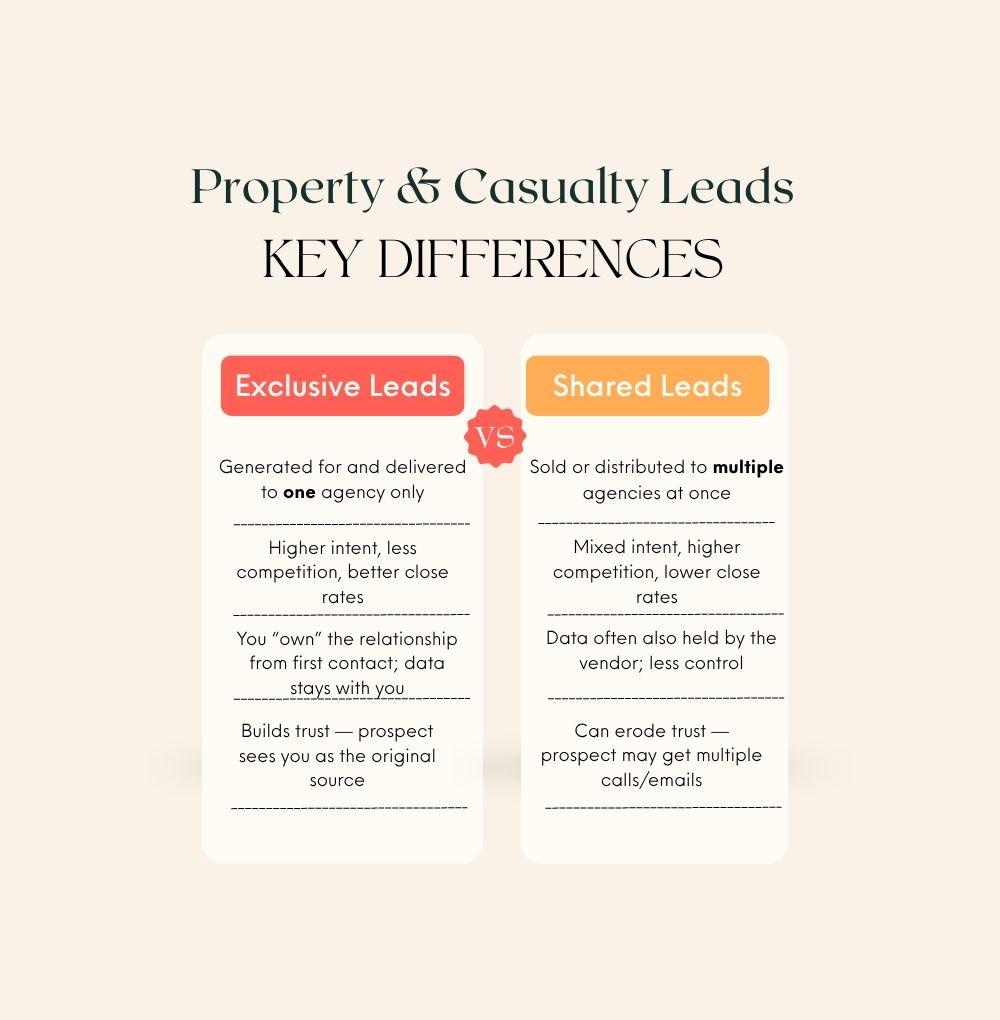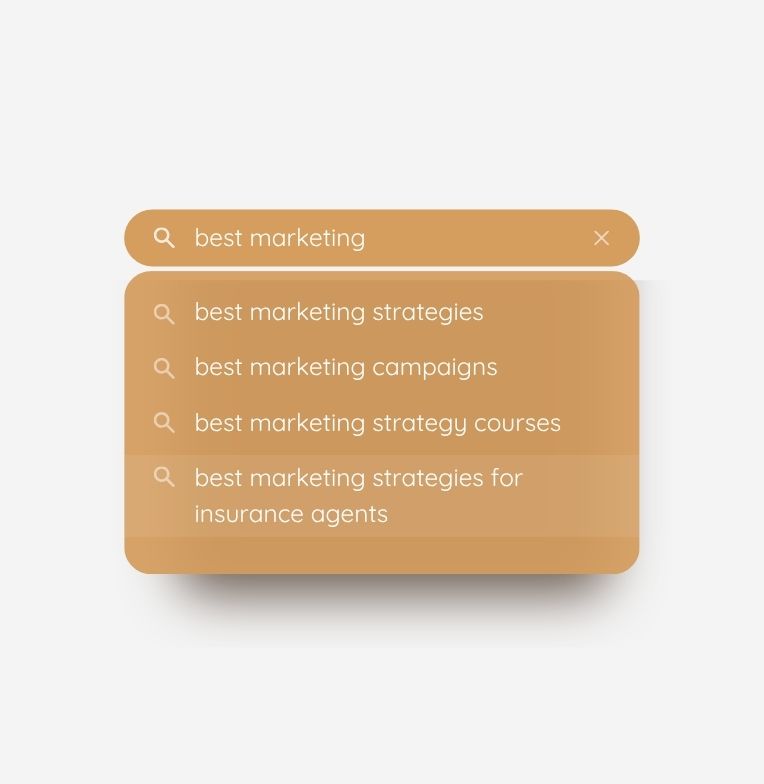Table of Contents
For Insurance Pros Who Want Smarter Results Without Guesswork
3 Key Takeaways
- A digital marketing audit reveals what’s working, what’s not, and where to focus next—so you stop wasting time and start seeing results.
- You don’t need more marketing—you need smarter marketing. A simple audit can uncover missed opportunities in your website, content, email, and ads.
- Setting clear goals and checking your analytics regularly gives you the clarity and confidence to grow your insurance business with intention.
You’re posting on social, sending emails, maybe even blogging—but deep down, you’re wondering if any of it is actually working.
That’s where your digital marketing audit comes in.
It’s the smartest move you can make to get clarity on what’s driving results, what’s wasting time, and where the real growth opportunities are hiding. Whether you’re an agency owner, agent, or content creator in the insurance space, this audit gives you the full picture—no more guessing, no more “spray and pray” marketing.
At Go Stack Media, we help you turn that audit into action. So if your marketing feels messy, scattered, or stuck… this is how you clean it up and level up.
We’ll break it down step by step.
What’s a Digital Marketing Audit?
A digital marketing audit is a focused, high-impact review of your entire online presence and marketing activity. A digital marketing audit should be done monthly but because you’re a busy writing policies you may only get around to an audit every 3-6 months or so.
It’s like pulling back the curtain on everything you’ve been doing to attract, convert, and retain clients—so you can:
- Find what’s working (and do more of it)
- Spot what’s not (and stop doing it)
- Uncover missed opportunities that could be game-changers
- Make sure your efforts are still moving you towards your goals you set for your agency
For insurance pros, this is huge. You’re in a relationship-driven business. If your marketing isn’t building trust, educating, or keeping you top of mind—it’s time for a tune-up.
6 Steps to Conducting a Digital Marketing Audit
1. Define Your Goals
Before diving into data or tweaking your website, start here.
You need to know what “success” looks like—otherwise, you’re just guessing.
Ask yourself:
- What am I trying to accomplish with my marketing?
- More inbound leads?
- Higher retention from current clients?
- Better visibility in my community?
- Do I have clear metrics tied to these goals?
- Example: 50 leads/month from organic traffic
- Example: 40% open rate on client emails
- Am I tracking these numbers anywhere?
🎯 Pro Tip: Marketing without a goal is like quoting without understanding the client. Don’t skip this step.
2. Review Your Content: Website, Social Media, Email
This is the heart of your marketing engine. Let’s see if it’s still firing on all cylinders.
Your Website:
- Is it updated, mobile-friendly, and fast?
- Do your services and contact info reflect your current offerings? If no, you should add any service pages and be sure to add internal links out and add links to your new page. All service pages need to include 3-5 internal links. It helps search engines (Google, Bing, etc) understand what your site and your message is all about.
- Are there clear calls to action (quote requests, contact forms, etc.)?
Social Media:
- Are you posting on your social channels consistently?
- Is your content engaging, helpful, and relevant to your audience?
- Are you building relationships—or just shouting into the void?
Email Marketing:
- Are your open and click rates where you want them? Your open rates should be between 30-45%, click rates .5-3%
- Are you delivering value—not just reminders and rate alerts?
- Do you have an active nurture sequence for leads or new clients?
🚨 Pain Point: Many agents get stuck in the “I have to post something” mindset, pushing out bland or repetitive content. That’s not strategy—it’s noise. How do you fix that? Set time aside to create a content calendar. That way you can plan seasonal content in advance so you’re not scrambling for your next blog, email, social post.
3. Check Your Analytics (SEO, Social, Email)
Let’s get nerdy for a minute—because this is where the clarity kicks in.
SEO:
- What keywords are you ranking for (if any)? Look at your Google Search Console.
- Are people finding your website through Google search?
- Are your blog posts generating consistent traffic, or any traffic?
Social:
- What’s getting clicks, comments, or shares?
- What falls flat?
- Are you reaching the right people—or just your cousin in Florida?
Email:
- What’s your average open rate? Click rate? Unsubscribe rate?
- What subject lines performed best?
- Are people taking action—or just deleting?
🔍 Use tools like Google Search Console or Google Analytics, your email platform, and social platform analytics. You don’t need to be a data wizard—but you do need to check the scoreboard.
4. Identify Performance Gaps
This is where things start clicking. You’ve looked at your content and your data. Now ask:
- What platforms or tactics are taking up the most time—but delivering the least ROI?
- Where are your leads actually coming from?
- What’s missing entirely from your strategy?
Use this breakdown:
- Keep: Your top-performing channels and content.
- Fix: Low-performing areas that need a tweak (like better headlines or CTAs).
- Stop: Tactics that are burning time/money with zero return.
- Try: New approaches you’ve been avoiding (hello, video content 👋).
💡 Example: You’re killing it with referral traffic from your blog, but your Facebook page is a ghost town. Time to lean into content and rethink your social.
5. Evaluate Paid Advertising Effectiveness
Are you putting money into ads? Cool. Let’s make sure it’s not going to waste.
Look at:
- Cost per lead: Are you paying $5 or $50 for a contact form submission? PPC for insurance can be really expensive. Our paid media expert at Go Stack Media is getting $4/click and driving high quality, targeted leads that are ready to buy. He’s an expert so don’t be discouraged if you’re closer to $10-20 cost per click. But if it’s over $20, stop your ads or reach out to us.
- Targeting: Are your ads reaching the right audience (not just random clicks)?
- Conversions: Are people taking the action you want—quote requests, email sign-ups, etc.?
🔥 Quick Win: Even a small budget can go far with laser-focused targeting and a clear offer. But you need the data to know if it’s working.
6. Put Your Updates Into Action
An audit is only powerful if you act on it.
Take everything you’ve discovered and build a simple action plan:
- What are 3 quick wins you can implement this week?
- What needs a deeper overhaul (like website messaging)?
- What will you test or try next month?
Set up a recurring time—monthly or quarterly—to review your key metrics and content. This keeps you agile and ahead of the curve.
✅ Bonus Tip: If you’re short on time, delegate! Bring in a marketing partner (like Go Stack Media 😉) to execute the pieces you’re too busy to tackle.
The Power of a Digital Marketing Audit
Here’s what happens when you actually do this:
- You stop wasting time on stuff that doesn’t work.
- You start putting your energy into high-ROI marketing.
- You build a brand that clients trust and remember.
And you get to that sweet spot where your marketing brings in traffic, leads, and retention—without burnout.
You don’t need to market more.
You need to market smarter—and an audit is how you start.
Digital Marketing Audits for Insurance Pros: FAQ
How often should I run a marketing audit?
Ideally every 3–6 months. At minimum, twice a year. The market changes. Your goals evolve. Your marketing should too.
I don’t have time to do all this—what should I prioritize?
Start with reviewing your goals, then your website and email performance. These usually have the highest impact.
What if I don’t understand the analytics?
That’s okay. Even basic data like open rates, traffic sources, and engagement will give you a huge leg up. Or partner with someone who can interpret it for you.
Can Go Stack Media do this audit for me?
Absolutely. We specialize in marketing for insurance professionals. We’ll review your digital presence, tell you exactly what’s working, and give you a clear plan to grow.
You May Also Like
👉 The Blueprint To Digital Marketing for Insurance Pros


